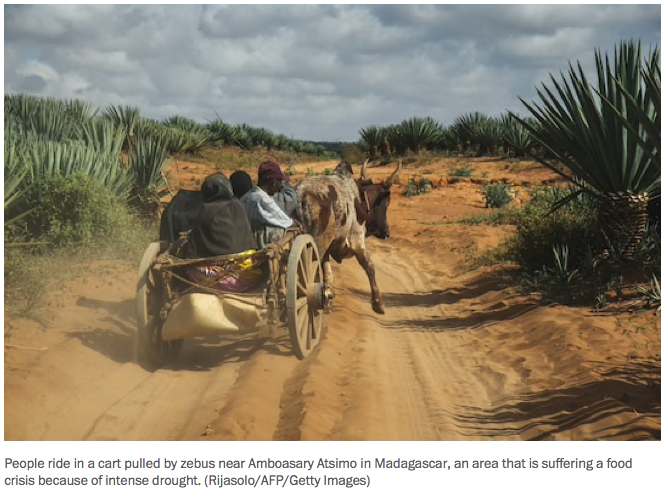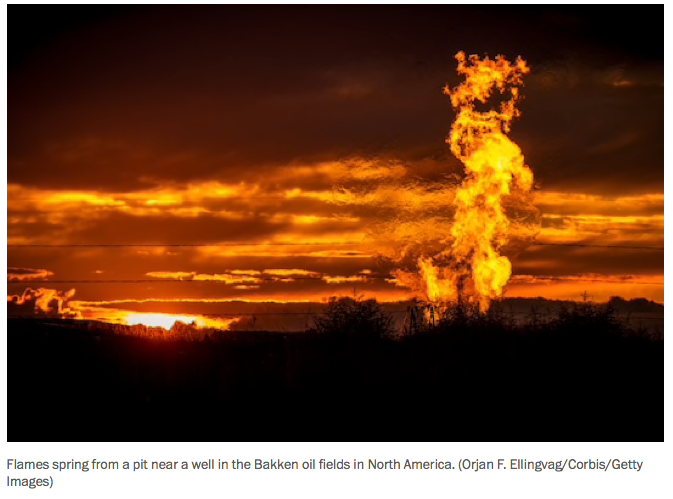Here is what we know. We know that our lives are entirely dependent on complex natural systems: the atmosphere, ocean currents, the soil, the planet’s webs of life. People who study complex systems have discovered that they behave in consistent ways. It doesn’t matter whether the system is a banking network, a nation state, a rainforest or an Antarctic ice shelf; its behaviour follows certain mathematical rules. In normal conditions, the system regulates itself, maintaining a state of equilibrium. It can absorb stress up to a certain point. But then it suddenly flips. It passes a tipping point, then falls into a new state of equilibrium, which is often impossible to reverse.
….It scarcely matters how green you think you are. The main cause of your environmental impact isn’t your attitude. It isn’t your mode of consumption. It isn’t the choices you make. It’s your money. If you have surplus money, you spend it. While you might persuade yourself that you are a green mega-consumer, in reality you are just a mega-consumer. This is why the environmental impacts of the very rich, however right-on they may be, are massively greater than those of everyone else.
Preventing more than 1.5C of global heating means that our average emissions should be no greater than two tonnes of carbon dioxide per person per year. But the richest 1% of the world’s people produce an average of more than 70 tonnes. Bill Gates, according to one estimate, emits almost 7,500 tonnes of CO2, mostly from flying in his private jets. Roman Abramovich, the same figures suggest, produces almost 34,000 tonnes, largely by running his gigantic yacht.
The multiple homes that ultra-rich people own might be fitted with solar panels, their supercars might be electric, their private planes might run on biokerosene, but these tweaks make little difference to the overall impact of their consumption. In some cases, they increase it. The switch to biofuels favoured by Bill Gates is now among the greatest causes of habitat destruction, as forests are felled to produce wood pellets and liquid fuels, and soils are trashed to make biomethane.





